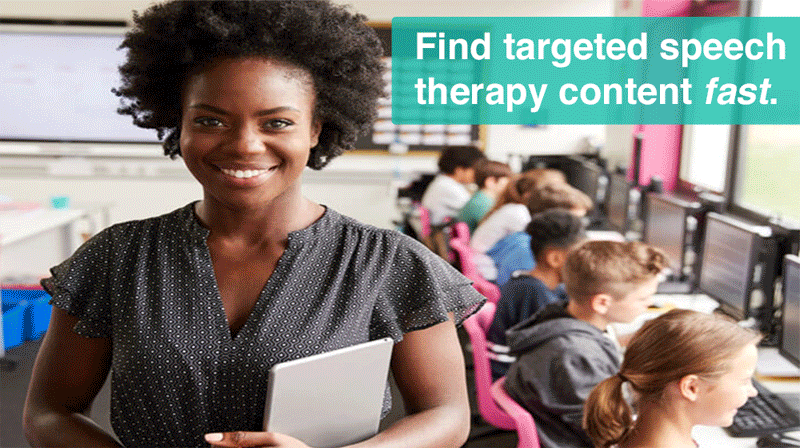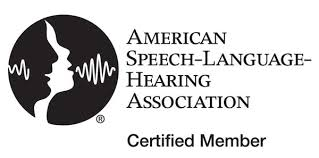Language Development in
Children 5-6 Years
What To Expect
Language development in children 5-6 years: At this age it's important to determine if your child has school readiness skills.
Some of these include a basic knowledge of the alphabet, counting, colors, shapes, and general concepts.
Your child gains emergent literacy skills are gained through many hours of reading together (discussed in further detail below).
These skills are the highest predictor of later school success.
Children also develop phonological awareness skills which include abilities such as rhyming and the awareness of letters and their corresponding sounds.
The better the phonological awareness skills your child has, the better reader and speller they will be.
Explore Our Goal Achieving, Client Centered Products
As important as these two skills are, your child also needs to develop imaginative play and social skills.
Some parents focus so much on educational skills that they forget to "let their child be a child."
Children still need to have childhood experiences to develop creativity and imagination.
During grades K-2, your child is learning to read. In 3rd grade and up, your child is reading to learn.
*NOTE: The ages and their corresponding grades are based upon guidelines followed in the United States.
Kindergarten (5-6 Years)
Expressive Language / What the Child Says
- Uses preposition “above” (6 years, 6 months)
- Asks factual and inferential questions
- Uses all Brown’s Morphemes
- Begins to master exceptions to grammatical rules (5-7 years)
- Use and understanding of passive sentences begins (5-7 years)
Examples:
“The ball was kicked by John.”
“The pie was made yesterday.”
Receptive Language / What the Child Understands
- Follows 3 step directions and multi-step unrelated commands
- Answers more complex "who", "what", "where", “when”, “how” and “why” questions
- Answers factual and inferential questions
- Listens to and understands grade level stories that are read aloud to them
- Understand/follow a simple conversation
Back to top of language development in children 5-6 years
SEE ALSO: The Best Free App for Speech Therapy
Narrative Development
- Complete Episode / True Narrative (6 years)
- Narratives have a theme, character, plot, logically sequenced, temporally ordered, initiating even, action, consequences, emotion, and resolution
- Contain at least 5 story grammar elements (example: setting, characters)
Phonological Awareness (5-7 years)
- Rhyming solidifies. They know the onset (the beginning sound that changes) and the rime (the last part of the word that rhymes)
Examples:
“park” and “bark” rhyme (“p” and “b” are the onsets, “ark” is the rime)
“witty” and “kitty” rhyme (“w” and “k” are the onsets, “itty” is the rime) - Alliteration solidifies. They can identify words beginning with the same letter.
Examples:
"Mommy made magic marshmallows"
"Daring daddy dove deep" - Segmentation, blending, and manipulating of words and syllables solidifies
Examples:
Put the words "butter" and "fly" together and you get..."butterfly"
take "room" off of "bedroom" and you get... "bed"
change "cat" to a new word by putting "p" in the front and it becomes..."pat"
take the "t" off the end of "cat" and you have..."ca"
put "s" on the end of "cat" and you have... "cats" - Letter sounds and written letters/symbols that go with them solidifies (grapheme/phoneme correspondence)
Example:
They know "S" is the name of the letter, it makes the "ssssss" sound, and it looks like this... S.
Back to top of language development in children 5-6 years
SEE ALSO: The Best Books for Speech Therapy Practice
Reading
- Understands reading is left to right, top to bottom, front to back
- Understands spoken words have speech sounds in them
- Recognizes words by sight (about 25 words)
- “Reads” a few picture books from memory
- Imitates reading by looking at pictures
- Knows alphabet and numbers
Writing
- Prints his/her own first and last name
- Draws a picture that tells a story, labels and writes about a picture
- Write upper and lower case letters legibly
Social/Play
- Starts and maintains conversations
- Uses many types of expression to express needs, wants, and ask questions or give information
- Hints requests that do not mention the intention in the request (“those smell good!”)
- Ability to address specific requests for clarification increases (when others say they don’t understand, the child is better at changing his/her words and explaining better what he/she meant)
Back to top of language development in children 5-6 years
Activities and Product Discounts, Oh My!
Sign up for Terrific Therapy Emails
Your information is 100% private & never shared.




























